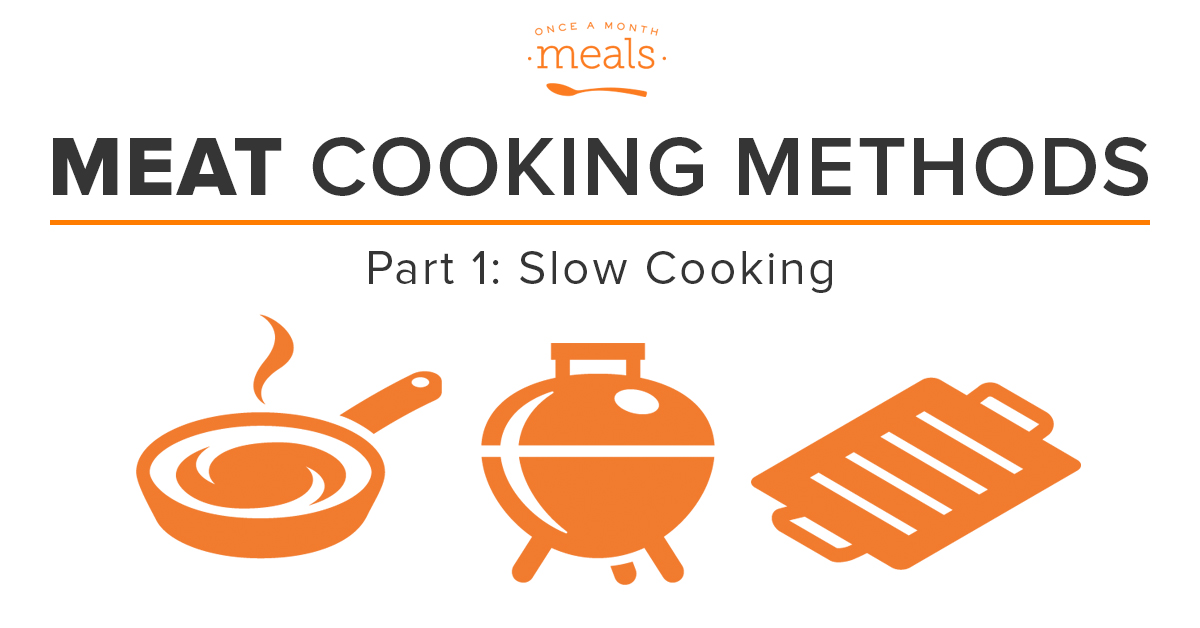
We know not everyone comes to our site with cooking training, so we wanted to provide you with a quick tutorial on meat cooking methods, especially those that you cook frequently in your OAMC sessions. There are many techniques, but most of them fall into two categories of cooking: cooking quickly or cooking slowly. We can’t cover every single cooking method, but hope to cover those you see frequently on our menus and in your kitchen. We will also share some of our favorite tips for your prep session on the night before your big cooking day.
Meat Cooking Methods: Quick Cooking
The best way to ensure perfectly cooked meat is to match the cut to the cooking method. If you are cooking a lean piece of meat with little connective tissue (i.e. little fat, no bones) or a very tender cut of meat, then you will want to choose a quick cooking method so that the meat doesn’t become dry or tough. Some examples of cuts that you will want to cook quickly are:
- Pork loin chops
- Beef or pork tenderloin
- Tender steaks (like sirloin or filet mignon)
- Flank or skirt steak
- Boneless, skinless chicken breast or tenders
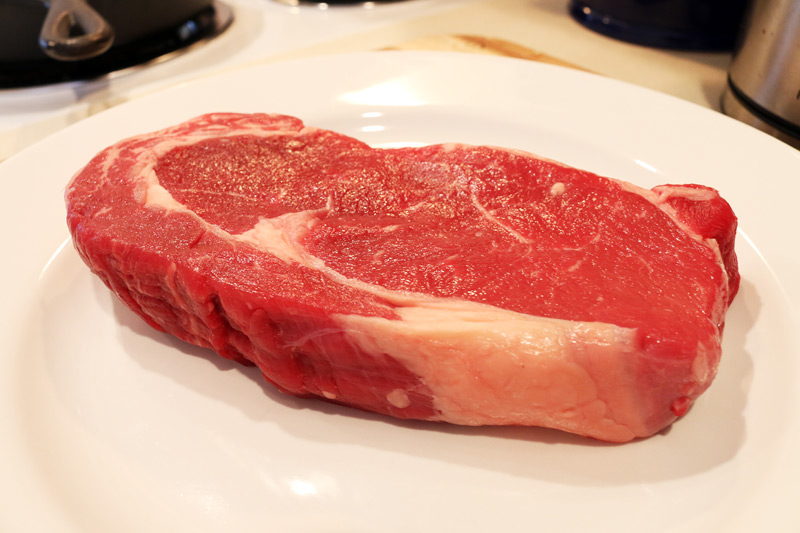
Searing and Pan-Frying
Cooking flavorful meat is really all about chemistry, but you don’t have to be a scientist to master this technique. In the early 20th century, Louis-Camille Maillard discovered that applying heat to amino acids and reducing sugars creates a chemical reaction called non-enzymatic browning. In English = When you brown meats quickly over high heat, you will get fantastic flavor!
Searing and pan-frying are very similar stove top methods in which oil is heated a heavy bottomed pan (stainless steel or cast iron work best) and the meat is cooked in the oil. The meat may be partially submerged in the oil, but it will come into contact with the pan. The difference comes in the length of time and the temperature.
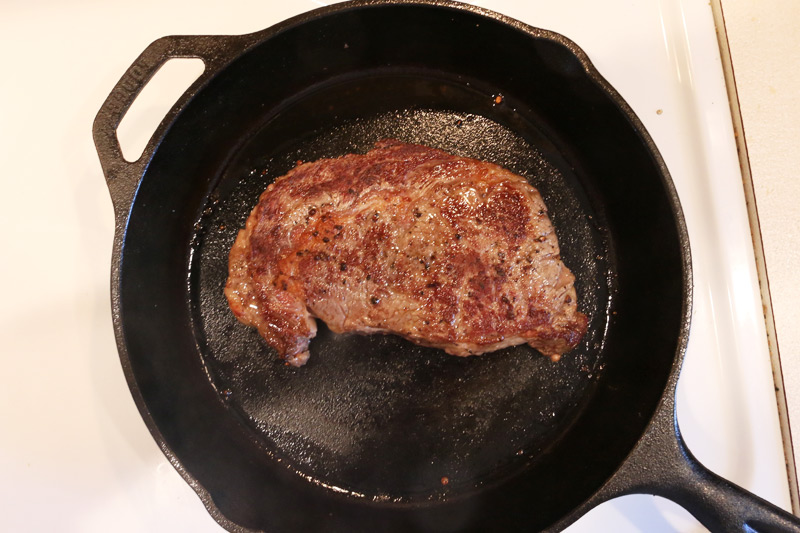
When you sear meat, use high heat (I usually put my dial on my stove at about 8 or 9 and it goes up to 10) and cook the meat just until it is sufficiently browned. This method is often used for steaks, but depending on the thickness of the steak and desired doneness, you may need to finish off the steaks in the oven. This method can also be used for dishes such as stir fried beef or beef fajitas.
You can use this method for beef and pork as they can safely be served at lower internal temperatures (see safety tips below). Sometimes you will see this method employed for tougher or fattier pieces of meat that are going to continue cooking slowly. For example, you may brown a roast or stew meat to get the flavor benefits of the Maillard reaction, but then toss it in the slow cooker as that is a better method of cooking for those cuts.
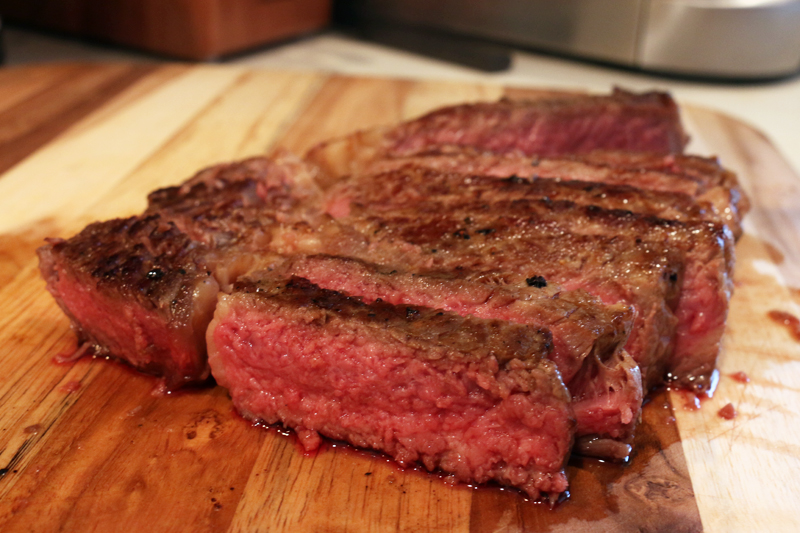
When pan-frying, you will use only medium heat and will cook the meat for a little bit longer. This method can be used for thicker cuts of meat (such as thick steaks or chops) or for meats that require a higher internal temperature such as chicken. You may have used this method and been disappointed that your meat stuck to the pan. Here is a tip from the pros: you will know when it is time to flip your meat when you see a nice brown crust and the meat lifts off the pan without sticking.
Another tip to keep in mind when searing or pan-frying meat is to be sure that you don’t over crowd the pan or cover the pan. This causes the meat to steam rather than brown, robbing you of that precious flavor you are trying to develop! Leave at least 1/4 inch between the pieces of meat.
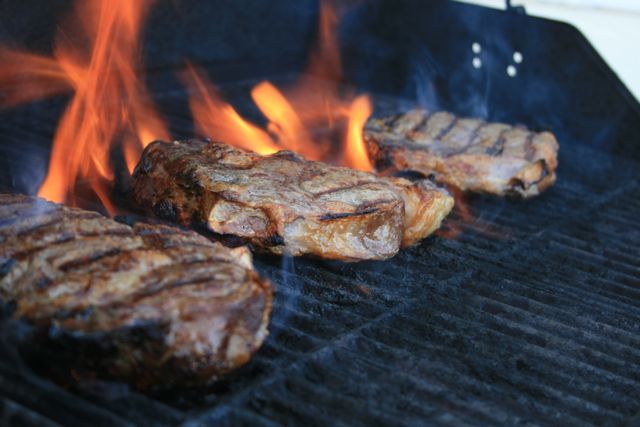
Grilling and Broiling
Grilling might be everyone’s favorite way to quickly cook meat because of extra flavor imparted by the charcoal (and the ease of keeping the mess outside!) Cooking meat over an open fire provides the unique opportunity to decide whether to cook the meat over direct heat (i.e. directly over the flame) or indirect heat (i.e. near the flame, but not directly over it.) To grill a lean or tender cut of meat successfully, you want high heat and a quick cook time. Leave the meat on the grill too long and it will become too charred and very tough. It is true that you can also cook meat slowly over the grill (for example whole chickens or barbecued pork shoulder), but these recipes are less common on our menus and probably in most kitchens as they take some expertise.
Check out our Grilling Mini Meal Plans to find some of our favorite recipes.
Broiling is actually quite similar to grilling except that it is done in your oven! The direct heat comes from the element in your oven, and all of the drippings go into the pan instead of flaring up in the grill. The meat develops a lovely, flavorful browning on the outside, but remains juicy and tender on the inside. One of the most famous broiled dishes is probably London Broil (typically a flank steak or top round steak are used.) The flank steak in our Moonlight Beef Fajitas can be broiled or grilled.
How to Cook Meat Safely
I would be remiss if I did not include instruction on safety when cooking meat. There was some mention of “desired doneness” and “internal temperature” in this discussion, but just to be sure we are all on the same page, please check this article on proper food temperatures.
Remember also that the temperature of your meat will continue to rise once it has been removed from the heat source. You should remove your meat from the stove/oven/grill when it is 5-10 degrees away from the desired temperature (a meat thermometer is a wonderful kitchen tool!) and allow the meat to rest. This will also allow all of the flavorful juices to redistribute throughout the meat, ensuring that it is tasty and tender and not dried out. See #5 on this list of basic rules for cooking meat for more details.
Additional Resources
- See the other posts in our Cooking School Series – Meat Cooking Methods – Part 2, Use Cooking Aromatics to Enhance Flavor, and How to Make a Roux and Improve Your Cooking
- How to Check Your Steaks with No Thermometer!
- How to Roast a Turkey
- OAMC Trick: Browning Ground Beef
- OAMC Tip: Shred Your Chicken with Your Kitchen Aid (video)
- Making the Most of Meat
- How to Cut a Whole Chicken
- For more details on all of the different cooking methods, see the site How to Cook Meat
In Part 2 we discuss slower methods of cooking meat and which cuts are best cooked using these methods.